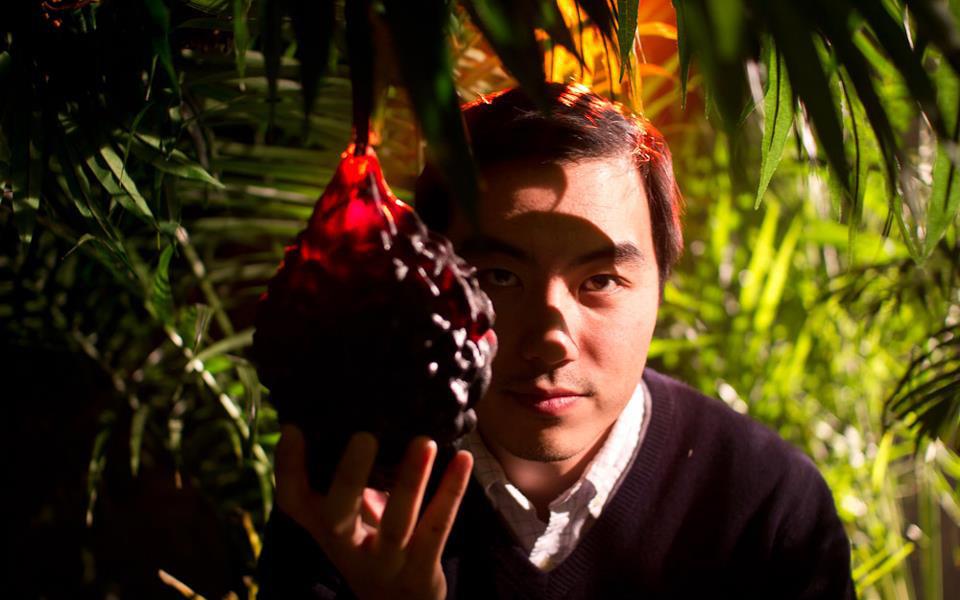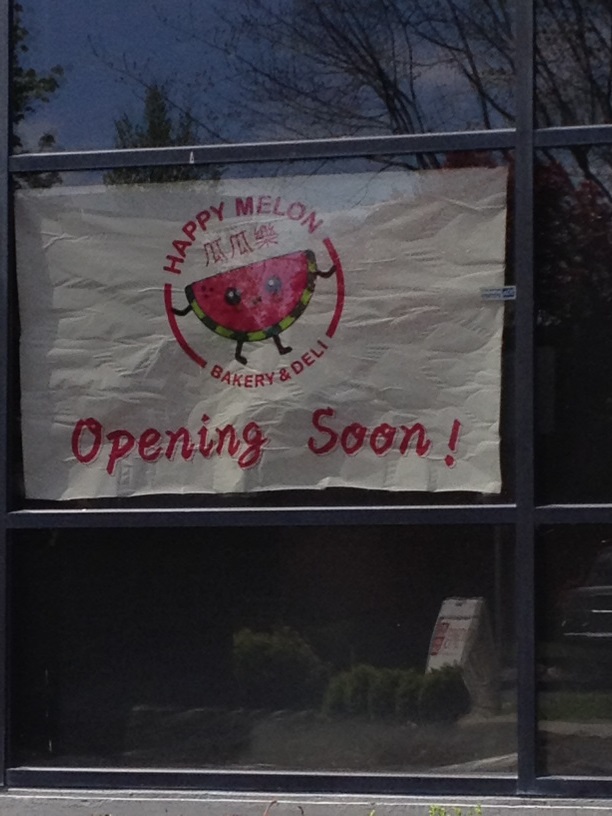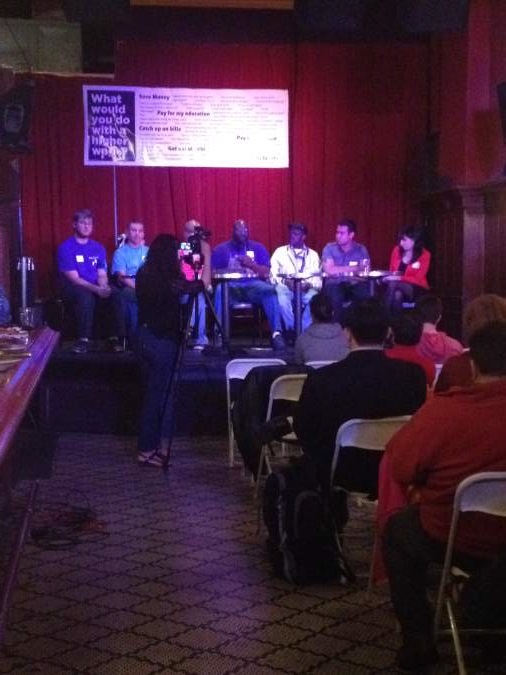Ritzy restaurants have lately rushed to issue gluten-free menus, but activists say it’s still difficult for low-income eaters with celiac disease to obtain the foods they need to stay healthy. In May, Lisa Garza, a Seattleite who maintains the Gluten Free Foodies blog, urged the Seattle Food Committee, a coalition of 27 local food banks, to consider creating dedicated gluten-free pantries.
“I don’t want people to suffer the way I suffered,” says Garza. “People are thinking this is a diet for weight loss, but this is a serious medical condition.”
Committee member Joe Gruber, director of the University District Food Bank, says Garza’s suggestion “made us more mindful,” but doesn’t foresee instituting it anytime soon. In fact, none of the city’s food banks has yet found room for a gluten-free section: According to Gruber, cost and space limitations have severely hampered their abilities to regularly stock gluten-free food.
“To offer any form of carved-out space is a challenge,” says Gruber, whose 800-square-foot food bank distributes about 45,000 pounds of food per week. “We try to identify gluten-free goods, but they will still end up with other pastas, grains, and cereals.”
Seattle Food Committee staffer Alison Miller says most food banks don’t have too much gluten-free food to sort. Food-bank budgets can’t cover the expense of gluten-free items—a gluten-free loaf of bread typically costs three times as much as a standard loaf—so banks rely on donations for their gluten-free inventory.
Garza last year launched a “Gluten-Free Food Drive Challenge” to collect gluten-free donations for area food banks. The ongoing campaign has attracted support from Bob’s Red Mill and Zing Bar. “I continue to ask for donations to remind people that the need is greater and greater,” Garza says.
Gruber says the University District Food Bank depends on targeted programs like Garza’s to support its customers’ various diets. In addition to accommodating customers whose food choices are restricted by health concerns or religious beliefs, food banks also serve eaters whose personal philosophies dictate they don’t eat animal products or bread made with genetically modified wheat.
“As an agency, we do the best we can to scour the community,” Gruber says. “Community groups understand preferences that individuals have and can respond to them.”
Although it’s not a panacea, Gruber is a strong proponent of locally grown produce. Food banks work with community gardens to make fresh fruit and vegetables available, since they’re typically compatible with low-sodium, vegetarian, vegan, and gluten-free diets. Miller is a fan of sweet potatoes, which are nutritious and acceptable to a range of cultural groups.
“I hope there’s always something that people can eat,” Miller says. “Even if it’s boring, there’s always rice and beans.”
While food-bank volunteers are generally sensitive to gluten-free needs—”They obviously won’t get a bag of bread,” Miller says—customers seeking gluten-free foods often have to visit multiple food banks to fill their shopping bags.
“We encourage customers to find other food banks they can access, and we try to make them aware of food stamps,” Gruber says. “Hopping from a first to a second or a third food bank isn’t ideal, but sometimes it’s necessary.”








